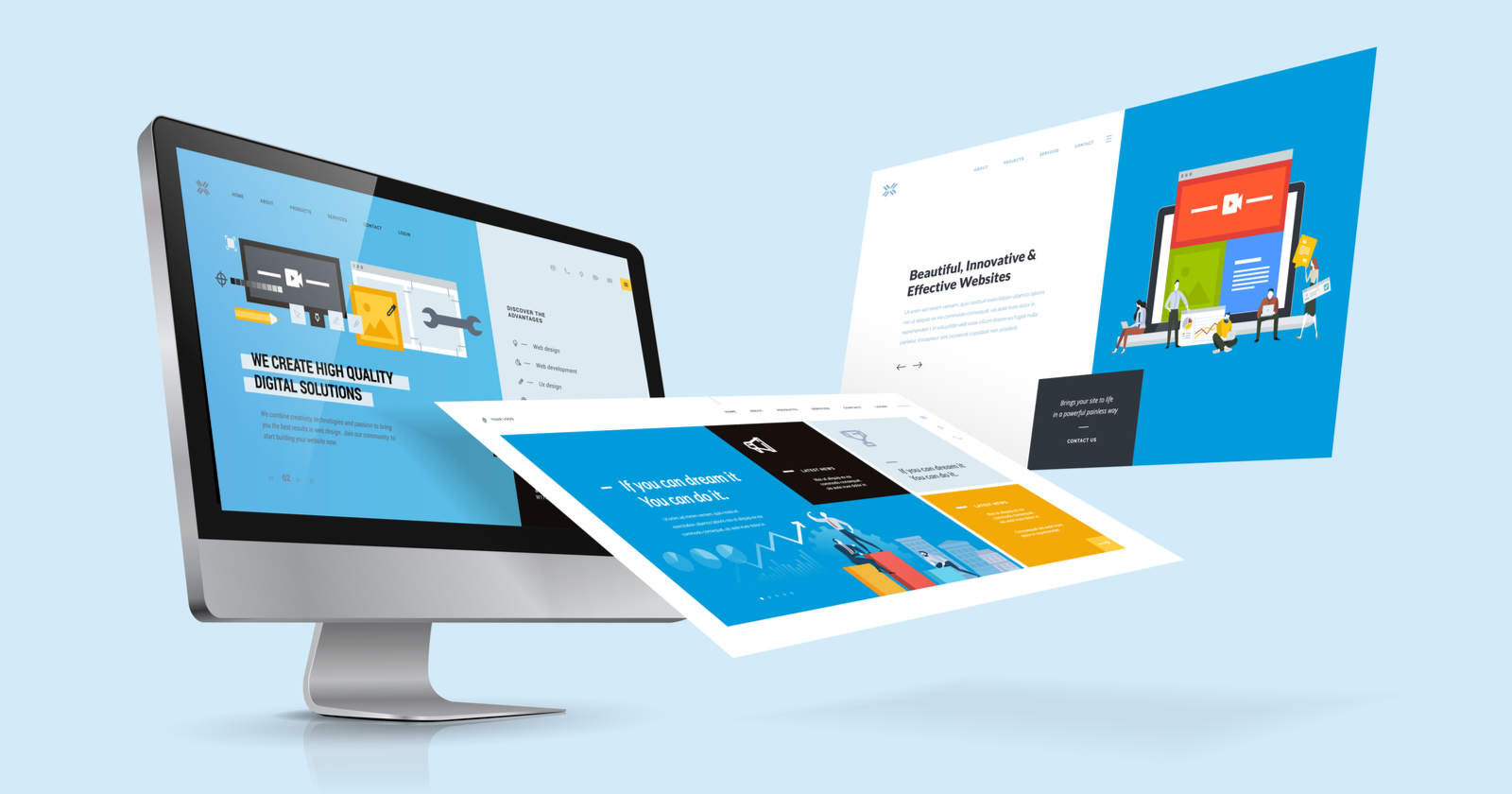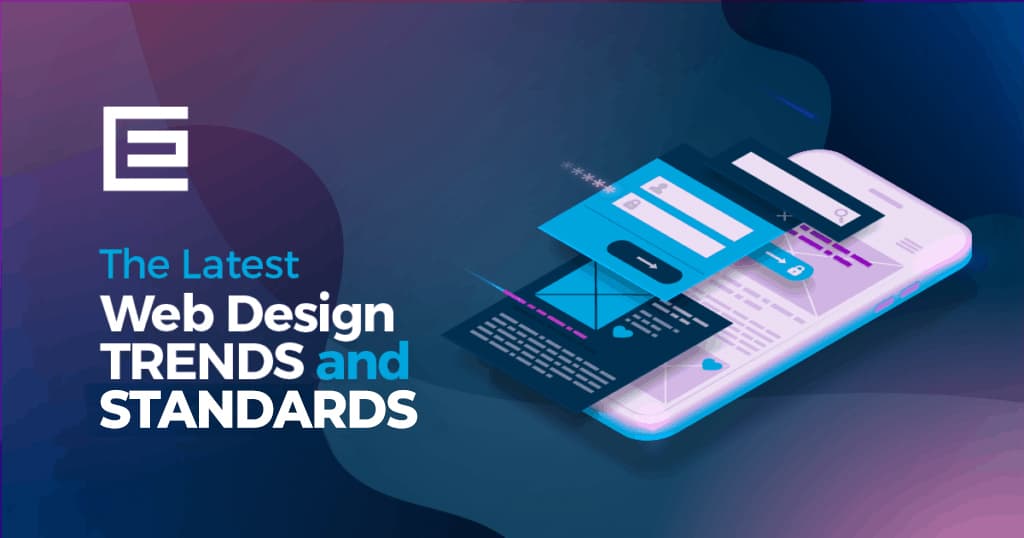Aligned Position Web Design: Expert Web Design Strategies for Achieving Business Goals Online
Aligned Position Web Design: Expert Web Design Strategies for Achieving Business Goals Online
Blog Article
The Ideal Kinds Of Web Style to Enhance Individual Experience and Engagement
In the ever-evolving landscape of digital interaction, the performance of Web layout significantly impacts individual experience and interaction. Numerous layout approaches, such as minimalist, responsive, and interactive layouts, each offer distinct advantages that can cater to diverse individual requirements.
Minimalist Website Design
As digital landscapes end up being progressively messy, minimal Web style has actually become an effective approach to enhancing user experience. This design viewpoint prioritizes simplicity, focusing on important aspects while eliminating unnecessary distractions. By utilizing ample white room, uncomplicated navigating, and a restricted color palette, minimal layout promotes clarity and directs user focus to crucial material.
The core principle of minimal Web style is to create a smooth communication for individuals. By decreasing cognitive tons, users can swiftly realize info without feeling bewildered. This straight method not only boosts functionality but likewise motivates engagement, as site visitors are most likely to discover a website that is aesthetically attractive and easy to browse.
Additionally, minimal design commonly emphasizes typography and imagery, using these components tactically to convey messages efficiently. In significance, minimal Web design is not just a fad; it is a thoughtful approach that acknowledges the relevance of user-centered design.
Responsive Website Design
In today's varied electronic setting, responsive Web design has actually become vital for producing a smooth customer experience throughout a multitude of gadgets. As customers accessibility websites on smartphones, laptops, desktops, and tablet computers, the capacity of an internet site to adjust its format and web content to various display sizes and resolutions is vital.
Receptive Web style utilizes adaptable grids, photos, and CSS media inquiries to make sure that Web content is presented efficiently, no matter the device used. This approach not just improves the aesthetic charm of a web site however also significantly improves use. Individuals are most likely to involve with a website that provides a consistent experience, as it removes the frustration of having to zoom in or scroll exceedingly.
By adopting responsive design, organizations can improve their presence and reach a wider target market. In summary, receptive Web style is a basic practice that boosts individual experience, engagement, and general contentment.
Interactive Website Design
Receptive Web layout prepares for boosting user experience, however interactive website design takes this an action further by engaging customers in a more dynamic means - Aligned Position Web Design. By incorporating elements such as computer animations, clickable prototypes, and real-time responses, interactive website design astounds customers, drawing them right into a richer surfing experience
This approach not only promotes involvement but also motivates customers to discover content actively rather than passively consuming it. Methods such as gamification, where customers gain rewards for completing tasks, can substantially boost the moment spent on a site and improve general complete satisfaction. Moreover, interactive attributes can streamline intricate pop over to this web-site information, making it more digestible and pleasurable.

Including interactive style elements can likewise lead to higher conversion prices, as users are most likely to engage with a site that proactively involves them. Aligned Position Web Design. Eventually, interactive website design changes customer experiences right into unforgettable trips, making sure that site visitors return time after time
Flat Layout
Characterized by its minimalistic method, level layout stresses simpleness and capability, stripping away unnecessary elements and focusing on necessary attributes. This design viewpoint focuses on functionality, making certain that customers can browse user interfaces effortlessly and performance. By employing a clean aesthetic, level layout eliminates the mess typically discovered in a lot more luxuriant styles, thereby improving customer emphasis on web content and capability.
The characteristic of level layout hinges on its use strong colors, easy typography, and geometric shapes. These elements contribute to an aesthetically appealing interface that is both friendly pop over to this site and modern-day. In addition, flat layout fosters a feeling of quality, enabling individuals to discern important actions and information without distraction.
Furthermore, level style is particularly reliable in receptive Web layout, as its simpleness equates well across numerous gadgets and screen sizes. The absence of detailed structures and gradients decreases packing times, which is important for preserving individual engagement. As electronic landscapes continue to advance, level design stays an appropriate choice for developing easy to use sites that boost overall experience. By concentrating on crucial functions, level style not just satisfies customer needs yet also motivates seamless interaction, making it an essential element of effective website design techniques.
Adaptive Website Design
Flexible website design personalizes the customer experience by creating several taken care of formats customized to different screen sizes and gadgets. Unlike receptive layout, which fluidly adjusts a single layout, flexible style utilizes distinct designs for certain breakpoints, making certain optimal discussion on various platforms. This method enables designers to concentrate on the special characteristics you can look here of each gadget, improving functionality by supplying specifically what customers require based upon their context.
Among the primary benefits of flexible website design is its capacity to maximize tons times and efficiency. By serving customized material and pictures that fit the individual's gadget, internet sites can minimize information use and boost loading rates. This is especially helpful for individuals with slower connections or limited information plans.

In addition, adaptive layout helps with a more regulated and constant branding experience. Given that designers produce numerous formats, they can make sure that the visual aspects straighten with the brand's identity throughout different systems - Aligned Position Web Design. This leads to a natural user experience, improving involvement and promoting user retention
Final Thought
Minimalist design fosters quality and emphasis, while receptive layout makes sure adaptability across various devices, promoting accessibility. Jointly, these layout comes close to add to the development of easy to use atmospheres that not only improve satisfaction yet additionally drive greater conversion prices, emphasizing their essential relevance in modern Web design approaches.

Minimal design fosters clearness and emphasis, while receptive design guarantees versatility throughout numerous tools, advertising accessibility. Jointly, these layout approaches contribute to the creation of easy to use atmospheres that not only enhance fulfillment yet also drive higher conversion rates, underscoring their crucial significance in contemporary Web design techniques.
Report this page